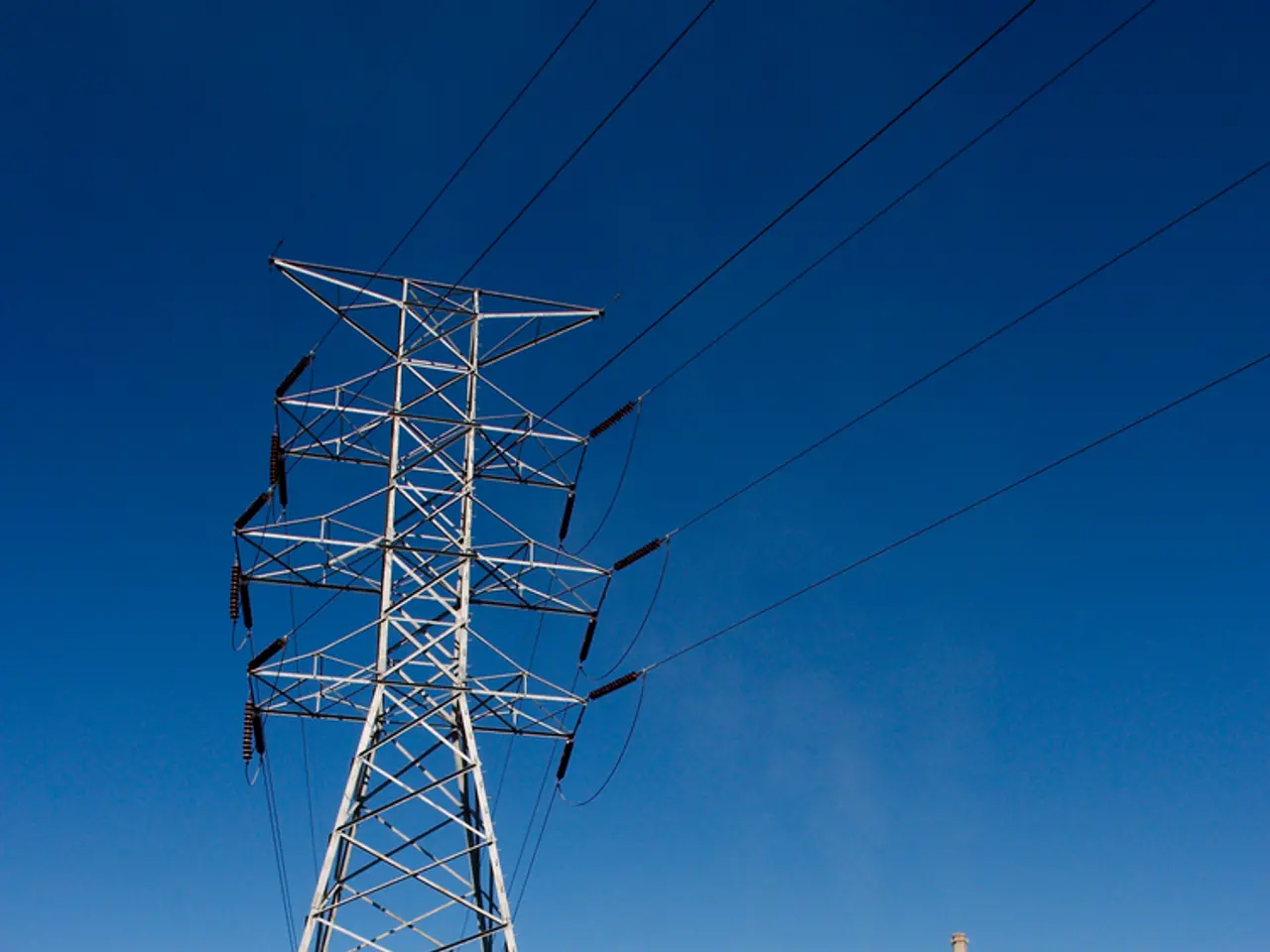Current topics shaping grid risk: Focus on NERC
Data centers are set to significantly increase electricity demand, accounting for 44% of U.S. electricity load growth from 2023 to 2028, according to Bain & Co.'s October analysis. This trend, along with other factors, is highlighted in the North American Electric Reliability Corp.'s (NERC) annual State of Reliability report, published in June.
The report emphasizes the challenges posed by proliferating large loads, such as data centers, and the operating profile of inverter-based resources on the grid. It notes that reliability events are becoming larger and more widespread, necessitating enhanced event response mitigation and recovery plans.
NERC's 2025 Risk Report identifies six major themes driving grid risk in 2025. These include:
- Volatile energy policy: The unpredictable nature of energy policy is a significant factor in grid risk, as it can lead to uncertainty and instability.
- Persistent supply chain challenges: These challenges, which have been a recurring theme, should be actively incorporated into considerations, according to NERC.
- Increasing complexity of cyber and physical security: As the grid becomes more interconnected and reliant on digital infrastructure, the risk of cyber attacks and physical security breaches increases.
- The growing interdependence of the gas and power sectors: The close relationship between the gas and power sectors can lead to cascading failures if one sector experiences an issue.
- New large loads adding demand while the resource mix evolves: The addition of new large loads, such as data centers, can strain the grid as the resource mix changes.
- Substantial simultaneous change in all system dimensions (resource, grid, load), along with increasing complexity in the interactions between them: This requires a rethinking of traditional system planning and operating approaches.
To address these risks, NERC's report recommends several measures. These include the industry rethinking reliability constructs, updating planning and operating models, and improving resource diversity, including energy and fuel storage facilities. Grid operators are advised to assess the potential impacts through transmission enhancements.
Reliability improvements were observed in areas with high concentrations of battery energy storage systems, according to the State of Reliability report. However, the challenges posed by these trends remain significant, and the industry must continue to adapt to ensure the reliability and stability of the grid.
Read also:
- Understanding Hemorrhagic Gastroenteritis: Key Facts
- Trump's Policies: Tariffs, AI, Surveillance, and Possible Martial Law
- Expanded Community Health Involvement by CK Birla Hospitals, Jaipur, Maintained Through Consistent Outreach Programs Across Rajasthan
- Abdominal Fat Accumulation: Causes and Strategies for Reduction








